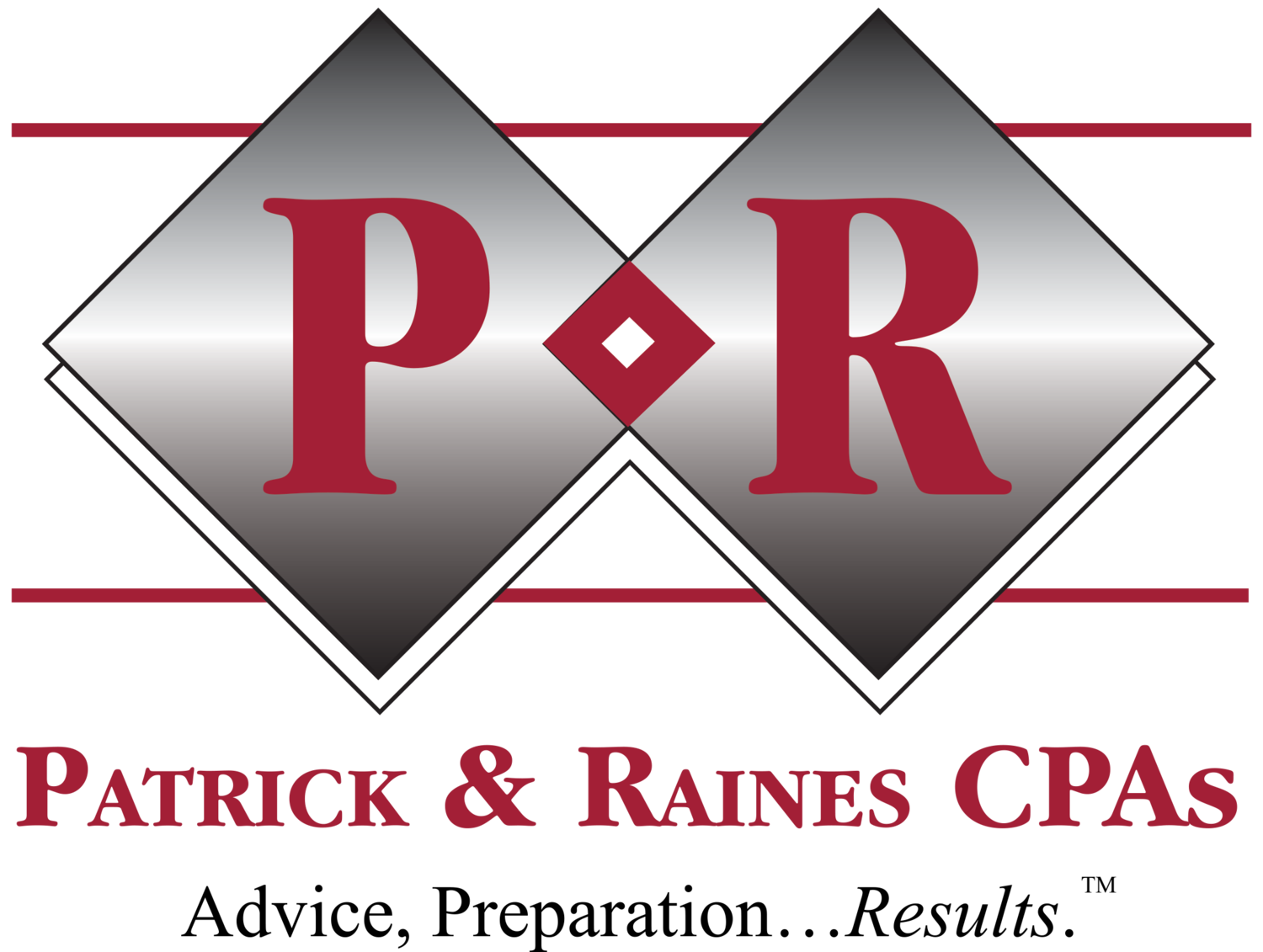Plan Ahead to Maximize Capital Gain Tax Rates
No one enjoys paying income taxes. If income must be taxable, we generally prefer capital gain income—usually taxed at a better rate—to ordinary income.Planning the timing of your capital asset transactions can be very useful to maximize the benefit of the better capital gain tax rates and match available gains and losses to your best advantage.But the calculation isn’t always simple.For tax purposes, a “capital asset” is nearly everything we own and use for personal or investment purposes, including both tangible (home, household furnishings, securities, collectibles, etc.) and intangible (goodwill, trademarks, patents, software, etc.) goods. The gain (or loss) occurs when you sell a capital asset. You report the difference between your basis in the assets – what you paid – and the proceeds from the sale. While most capital gains are taxable, only losses on investments are deductible. Personal losses are just that: personal. The sale of your personal residence is usually, but not always, considered taxable.Capital gains and losses can be either long term (held for more than a year) or short term (held for less than a year). To calculate your tax, consider the following:Beginning in 2013, a net long-term capital gain is generally taxed at:
- 0% if your ordinary rate is 15% or below
- 20% if your adjusted gross income is more than $406,750 ($457,600 if married filing jointly)
- 15% for everyone in between.
A rate of 28% can also apply to the sale of collectible assets (coins, stamps, art, etc.) or 25% for unrecaptured real estate gains. Net short-term gains are taxed at your ordinary rate.If you suffer a net capital loss when all capital transactions are combined, you can deduct up to $1,500 ($3,000 if married filing jointly) against the total of your other taxable income. Any remaining loss is available to carry forward to your return next year.Report your various gains and losses on Schedule D, but also record the details of each transaction on Form 8949, Sales and Other Dispositions of Capital Assets. IRS resources include Form 8949, Sales and Other Dispositions of Capital Assets, Schedule D, Capital Gains and Losses and instructions, Publication 550, Investment Income and Expenses and Publication 544, Sales and Other Dispositions of Assets.The professionals at Patrick & Robinson CPAs can assist with clarification about the various rules or to help with the planning of potential capital gains or losses. Contact us at Office@CPAsite.com or 904-396-5400. May 2014

